FEATURED
BRC-20 tokens: All you need to know
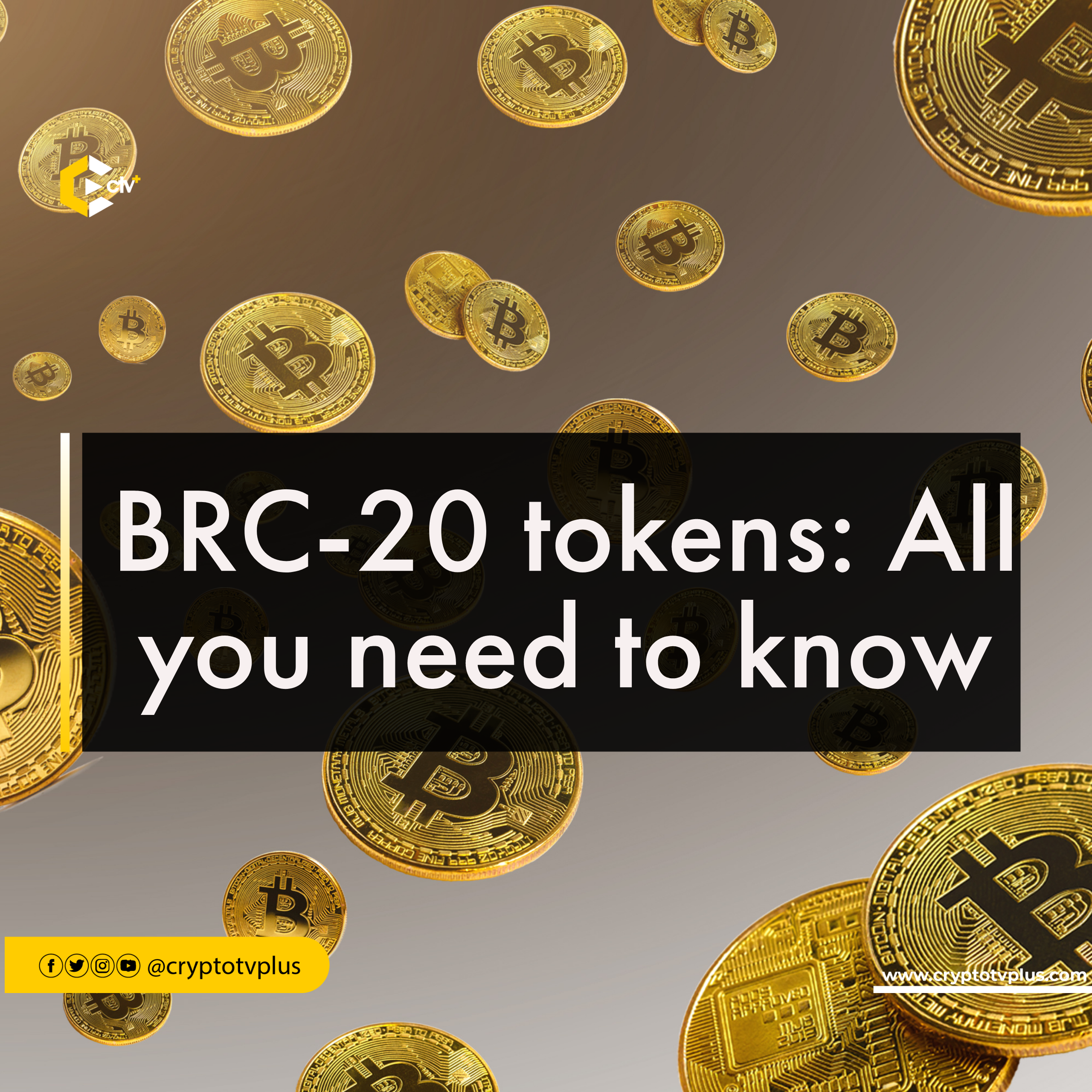
Blockchain technology has been constantly evolving, and every once in a while, an innovation emerges that has the potential to take it to the next level. While Bitcoin has proven to be an excellent decentralized digital currency, it is limited in its capabilities. Ethereum was able to expand on the concept of blockchain through smart contracts, enabling the creation of decentralized applications, tokens, and NFTs.
BRC-20 tokens are the latest buzz in the world of cryptocurrency, gaining attention from traders and investors alike. These tokens are based on the Bitcoin blockchain — a network whose native token (BTC) has always been considered primarily as a store of value. But with BRC-20 tokens, users can mint their own tokens and create communities around them, leading to the potential for immense growth and profitability. And despite the technical risks associated with these tokens, their popularity continues to soar.
In this article, we will dive deeper into BRC-20 tokens, discussing their key features, differences from other tokens, and the potential impact they could have on the world of cryptocurrency. Whether you’re a seasoned investor or a curious newcomer, this article will provide you with all you need to know about BRC-20 tokens.
History of Ordinals
The ordinals protocol is a system designed to assign serial numbers to individual satoshis, which allows for tracking them across transactions. Additionally, the protocol allows for the attachment of extra data to each satoshi, which is known as “inscription”, making each satoshi unique. Hence, it is possible to add any type of digital file, provided that the file size is under 4MB.
But the history of the ordinals protocol dates back to January 2023 when it was launched by the developer, Casey Rodarmor. The software utilized the Segwit upgrade from 2017 and the Taproot upgrade from 2021.
The ordinals protocol has brought about significant innovation to the Bitcoin network. It allows for the storage of arbitrary data such as text, images, and videos in the witness data of a transaction, with a 75% discount compared to standard financial transactions. This development has expanded the range of assets that can be created on the network, beyond its original use as a digital currency.
As a result, the protocol has been utilized to create a variety of digital files such as text, images, and audio, effectively becoming the alternative for NFTs on the Bitcoin network. The usage of the protocol has grown exponentially since its introduction, with over 2 million inscriptions created to date.
Initially, the protocol was designed to allow for file attachment to satoshis, but some developers have since found a way to leverage the protocol to create tokens on top of the Bitcoin network.
Approximately two months ago, on March 9th, the BRC-20 standard was introduced as an experimental concept for creating fungible tokens on the Bitcoin network by @domodata. This proposal saw potential beyond just NFTs. It was a foundation for dexes and smaller tokens on the Bitcoin protocol.
The name BRC-20 is a play on Ethereum’s ERC-20 standard, and it utilizes the ordinal inscriptions of JSON data to deploy token contracts, mint tokens, and transfer tokens. The BRC-20 standard is not as versatile as Ethereum’s ERC-20 standard, so it’s important to note that it’s still in the experimental stage and may be vulnerable to attacks. Previous attempts to develop a similar protocol, such as the Colored Coins protocol from 2012, were unsuccessful due to high transaction fees and limited programmability.
Moreover, the limited ability to add functionalities to the tokens means that they are not suitable for DeFi or DAOs, making them less valuable. Nonetheless, many speculators in the crypto market are still interested in the BRC-20 tokens.
Introduction to BRC-20 tokens
As we have already established, the BRC-20 token standard is an experimental fungible token standard for Bitcoin. It has only a ~250M dollar market cap right now, which when compared to ERC20’s ~150B dollar market cap, is kind of pitiful yet it shows there is potential for growth.
The BRC-20 standard has enabled the creation of various experimental tokens on the Bitcoin network, with over 5,000 different tokens created in such a short time frame.
The first BRC-20 token was created by @domodata the day after the BRC standard was introduced. It was called the Ordi token. Akin to the name “The Ordinals”. Early minters of the token, which was initially deemed worthless, were able to achieve astronomical returns as it eventually reached $4 per unit.
The Ordi token has a maximum supply of 21 million, and up to 1,000 tokens can be minted per transaction. But the sad fact is that all Ordi tokens have already been minted. This then inspired the creation of thousands of other BRC-20 tokens, many of which have no practical use or plan behind them. Most of them are created around popular ordinal NFT collections and memes.
To mint BRC-20 tokens, a Unisat or Ordswap wallet is required. Both wallets have their marketplaces, with Ordswap currently leading in volume. Other popular NFT marketplaces like Magic Eden and Gamma have also enabled ordinals, and even Binance is exploring this innovation.
The user experience of accessing ordinals is quite meagre for now but is expected to become more user-friendly in the near future. However, caution should be exercised before investing in these tokens as their value is largely experimental and lacking in utility.
BRC-20 Vs ERC-20
BRC-20 and ERC-20 are both token standards used for creating and managing tokens on their respective blockchain networks, but there are some key differences between them.
One of the main differences is the blockchain network they are issued on. BRC-20 tokens are issued on the Bitcoin blockchain, which is secured by the proof-of-work (PoW) consensus mechanism. On the other hand, ERC-20 tokens are issued on the Ethereum blockchain, which uses a proof-of-stake (PoS) consensus mechanism.
Another significant difference is the level of smart contract support available for each standard. ERC-20 tokens have smart contract support, which enables them to perform complex functions such as executing conditions and creating decentralized applications (dApps). However, BRC-20 tokens do not have native smart contract support on the Bitcoin blockchain. This means that BRC-20 tokens have fewer features and are limited in their functionality compared to ERC-20 tokens.
Due to the lack of smart contract support, BRC-20 tokens are also easier to create and manage compared to ERC-20 tokens. ERC-20 tokens require more technical expertise to create and maintain, as they rely on smart contracts for their functionality.
How to create an ordinal wallet to purchase BRC-20 tokens
1. Get started by downloading and setting up a wallet at ordinalswallet.com.
2. Once you have created your wallet, go to your profile.
3. Select “Receive” from the options available.
4. Copy the wallet address that appears.
5. Head to any taproot-supported exchange such as Binance or Bybit, and initiate a withdrawal of Bitcoin to the address you earlier copied.
To purchase BRC-20 tokens, follow these steps:
1. Navigate to the BRC20 Tab of the wallet, and select the desired token from the list. For instance, let’s say we choose $PEPE as an example.
2. Check the number of tokens available and the price per token. Then, click “Buy Now”.
3. Verify your password to confirm the transaction.
4. Click “Buy Now” again and confirm the purchase.
To view your BRC-20 token, just go to your wallet profile and click on the “BRC20” tab. It’ll be right there.
How to free-mint BRC-20 tokens
1. Navigate to the list of BRC-20 tokens and check the progress bar under the supply for each token. If the progress bar is not at 100%, then it is possible to mint that token.
2. Click on the desired token and check the details, then select “Mint”.
3. Set the required fees and click “Inscribe” to confirm the transaction.
4. Wait for the transaction to be processed and the new tokens to be minted.
How to create your own BRC-20 token
1. Navigate to the “Inscribe” area.
2. Pick “BRC-20” and enter the 4-letter ticker name and the desired amount. Then, click “Submit”.
3. Choose the network fee and hit “Inscribe” to confirm the transaction.”
Yes, it’s that simple.
How to use the Unisat wallet
1. Install the Unisat Wallet extension from the Chrome Web Store by going to https://unisat.io/download and clicking on the “Download from Chrome Store” button.
2. Create a new wallet by clicking on the “Create new wallet” button and following the prompts to create a password that will be used to unlock your wallet. Then click on the “Continue” button.
3. Write down the 12-word Secret Recovery Phrase on a piece of paper. This is the only way to recover your wallet assets, so it’s important that you keep it safe and do not copy it. Once you’ve written down the phrase, click on the “Continue” button.
4. Select “Taproot” as the Address Type, which will give you an address starting with “bc1p”. Then click on the “Continue” button.
5. Congratulations! Your Bitcoin wallet address has been created. For example, if your address is “bc1p…..fp3”, you can buy Bitcoin from a centralized exchange like Binance or Coinbase and withdraw it to the wallet address you just created.
Challenges
The BRC-20 token standard has emerged as an innovative solution for issuing tokens on the Bitcoin blockchain. While Bitcoin is permissionless, standardization of common financial use cases is necessary to ensure safe and easy interactions among users and decentralized applications (dApps).
However, the current implementation of BRC-20, which involves inscribing “text files,” poses several challenges. These include difficulties in preventing over-supply of tokens, validating transactions, among others.
As the ordinals protocol, ordinals, and BRC-20 tokens are in their infancy, they are incredibly volatile and risky.
The creator of the BRC-20 standard has been incredibly vocal about this and recognizes that there may be a better standard in the future and is willing to contribute to its development. However, there is an ongoing debate surrounding block space and fees with the ordinals’ protocol. Some Bitcoin holders believe that block space should be reserved solely for Bitcoin transactions and that ordinals take up unnecessary space.
The debate over block space and fees was caused by the implementation of the ordinals protocol on the Bitcoin network. The consequences of this include a potential increase in transaction fees for Bitcoin users, as Ordinals transactions compete for block space with Bitcoin transactions. Fees in the Bitcoin network have gone up 400% in the last 7 days, which makes it more expensive and slower for users to make Bitcoin transactions.
On the other hand, Ordinals users have paid over $5 million in fees to date. It has been a positive phenomenon for Bitcoin miners who have seen an increase in fees due to the higher demand for block space. The increase in fees may help miners stay profitable for longer, especially with the upcoming Bitcoin reward halving.
Ultimately, the consequences of the block space and fee debate are still being evaluated, and it remains to be seen how it will affect the future of Bitcoin and its ecosystem.
Possibilities
Now, despite the recent increase in the block size, which could potentially limit the number of miners due to bandwidth constraints, the hash rate has reached an all-time high. This indicates that the competition among miners has become even more intense.
The reason behind this increase in hash rate could be attributed to two main factors:
- First, the increase in the price of Bitcoin has made mining more profitable, thus attracting more miners to join the network.
- Second, the increase in transaction fees (due to BRC-20), which are paid to miners for processing transactions on the network, has also made mining more lucrative.
As a result, more miners may be incentivized to participate, leading to a higher hash rate and a more secure network.
Conclusion
The Ordinals protocol and BRC-20 tokens are still in their early stages, but they hold immense potential. With Bitcoin’s market value already exceeding $500 billion, any development that adds value to Bitcoin holders could be well worth the risk and experimentation. BRC-20’s perceived security on the Bitcoin blockchain and the fair chance for everyone to mint tokens have contributed to its growth, despite technical flaws and its meme-centric nature.
However, wallets like Unisat have experienced exploits, highlighting the current technological risks associated with these tokens. Memecoins are already considered risky, and meme-coins on BRC-20 are even riskier. Ultimately, only time will tell how this trend will evolve.
Are you excited about BRC-20’s potential, or do you believe it could threaten the stability of the Bitcoin blockchain? Share your thoughts in the comments.



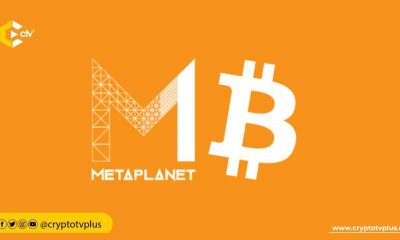













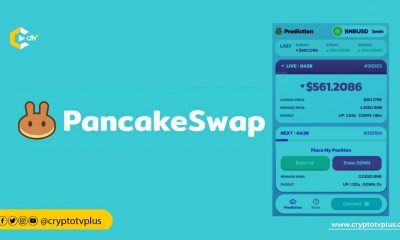

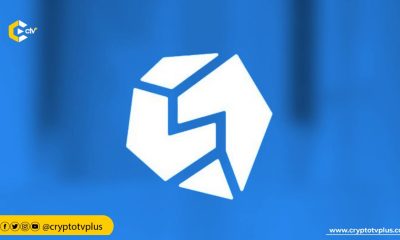



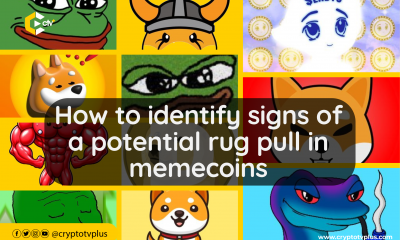

Pingback: Exploring the High Cryptocurrency Tendencies of the Summer season | CryptoTvplus – Gaze Weekly